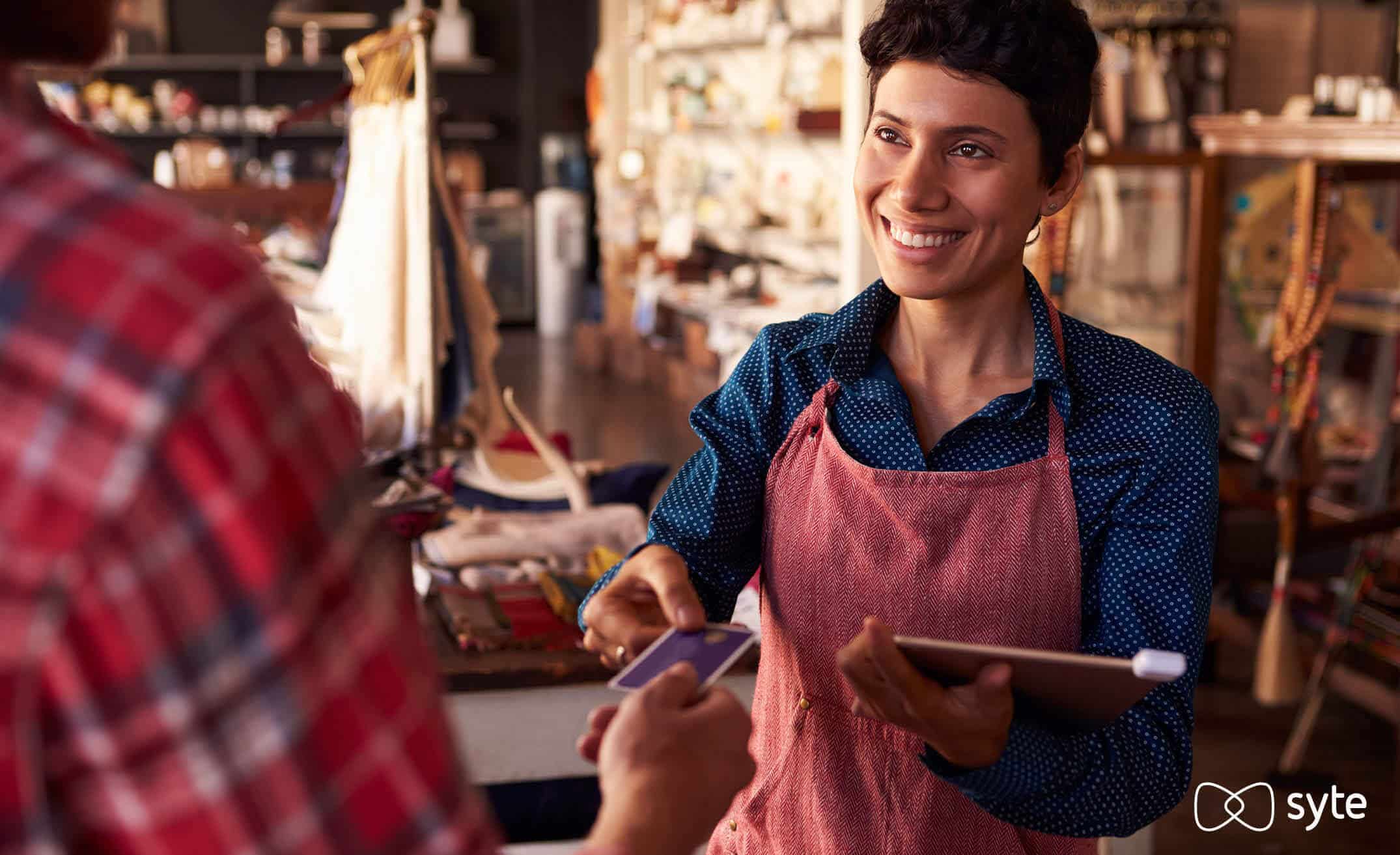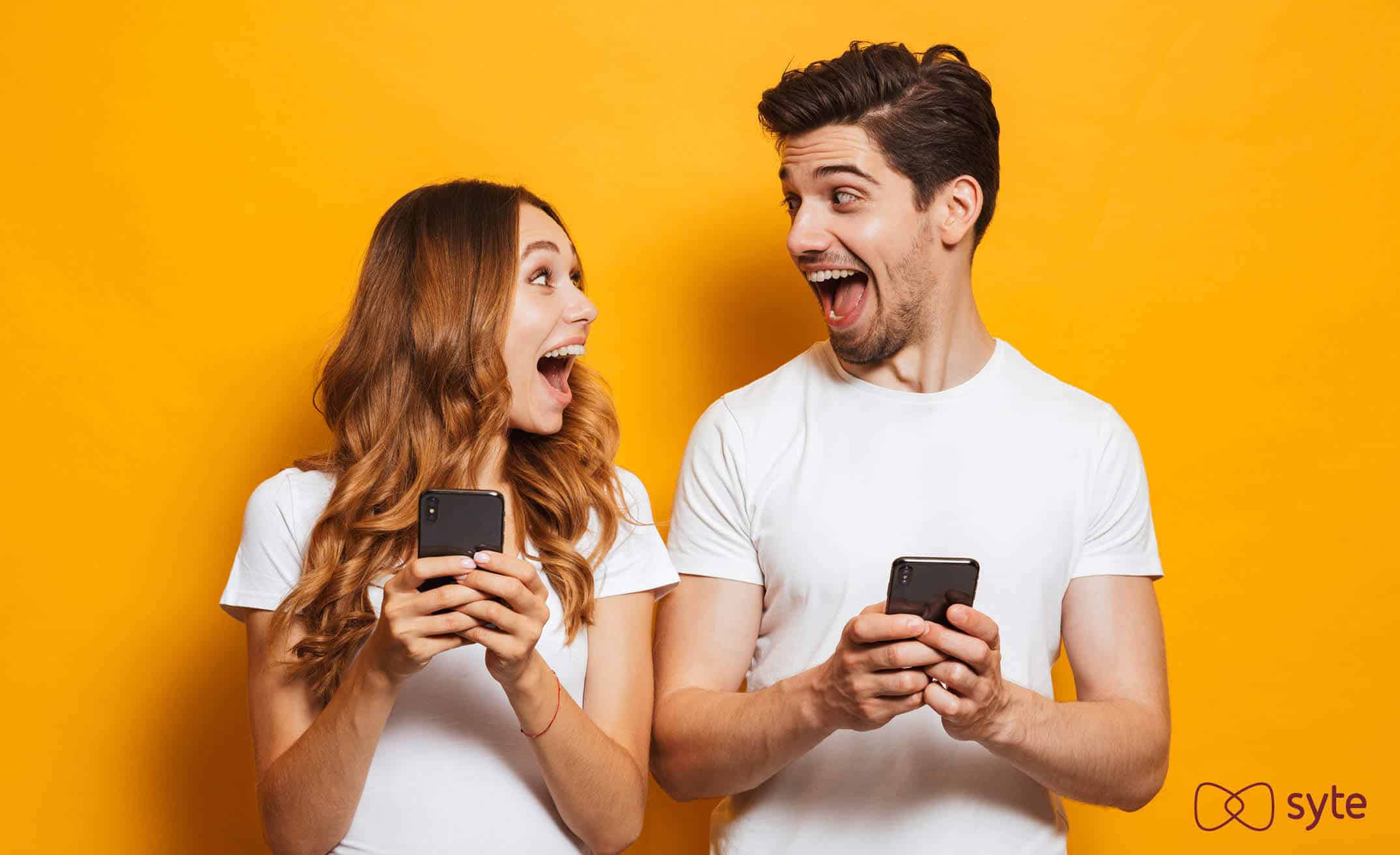The concept of personalization has been around since the advent of commerce. Even before the invention of money, when people bartered for goods, sellers faced the challenge of proving that a product would bring an individual value.
Personalization is old, only the tactics we use to do it now are new.
Sixty years ago, before the internet, a local shopkeeper would learn the tastes and preferences of her regular shoppers over time. She would use this knowledge to provide the optimal experience for each shopper when they came in — their style, their sensitivity to a certain fabric, or that a friend’s wedding is coming up and they need to find a dress.
With eCommerce now dominating retail and billions of people shopping online, stores and brands can no longer rely on one-on-one interactions to learn about their customers’ tastes and needs. Instead, they use technology to understand who their shoppers are and deliver personalized experiences at scale.
Now, brands and retailers face a new set of challenges: Which tools will help them achieve the highest degree of personalization? And, to that end, what does personalization really mean to modern shoppers?
Understanding the Personalization Imperative
In a saturated eCommerce market with virtually infinite competition, the customer experience is the last true differentiator for brands and retailers. Traditional approaches to differentiation — such as through product selection, pricing, and sales — are no longer as effective as they used to be. Competitors, new and old, can easily imitate them.
Personalization is a cornerstone of a positive customer experience. In fact, 80% of consumers want it from brands and retailers, according to McKinsey, and 84% will pay more for it. The impact for companies is huge. When done right, personalization can lead to a 10-15% boost in conversion rates and decrease marketing costs by 10-20%.
By building your CX strategy around personalization, you can:
- Become more competitive. Be seen as a reliable, engaging, and the go-to brand among today’s shoppers, who now have millions of online shops to choose from.
- Increase customer loyalty. Consumer loyalty is not unconditional. Today’s shoppers demand highly personalized experiences, and they won’t hesitate to abandon you for a more tailored experience elsewhere.
- Create individual experiences for each shopper. It’s impossible to manage one-on-one relationships with thousands (or millions) of shoppers. But with personalization tools, you can achieve the same effect for all of your shoppers.

The Tenets of Personalization Remain Unchanged
To understand how to get personalization in retail right, it’s important to first understand what this concept really means.
A personalized experience is one that tailors product discovery, the user experience, and communication to the individual needs and preferences of each shopper.
While the methods by which brands and retailers create these three components have evolved dramatically in the last few decades, the definition of personalization has been constant since the beginning of commerce.
There are five things you need to account for in order to achieve true personalization.
- Know your customer. In addition to standard demographic information (on their age, gender identification, and region), learn your shoppers’ styles, tastes, and preferences.
- Understand (and anticipate) their needs. Use factors like personal attributes, prior shopping behavior, and external factors such as seasons, holidays, and trends to understand your shoppers’ needs.
- Keep up with shifting contexts. A shopper’s context — meaning their intention and motivation — can change numerous times within the same session. Truly personalized experiences are responsive to their changing goals and desires.
- Understand how your shoppers prefer to shop. For example, goal-oriented shoppers will desire a high level of personalization on search results pages, while casual browsers will need personalized carousels to get inspired. Make sure you can decipher shoppers’ preferences.
- Strive for ease-of-use. Eliminate barriers along the customer journey, including irrelevant products that consume valuable real estate. Your goal is to connect shoppers to the right products as fast as possible, with the minimum number of clicks.
In a Post-Pandemic World, We Need Personalization More Than Ever
After a year of social distancing and isolation, consumers today crave deeply personalized and human experiences. While many people feel comfortable enough to return to in-store shopping, eCommerce continues to dominate the retail industry.
Unfortunately, personalization tools fall short more often than not.
The reason for that is conventional personalization engines generate algorithmic and generic product recommendations based on the data of millions of other shoppers. While this can help brands and retailers create some good guesses as to what a shopper wants to buy, it doesn’t allow them to provide truly personalized, context-sensitive experiences.
When brands and retailers provide this kind of sub-par personalization experience, customers are left feeling disappointed and frustrated. Shoppers today so badly want that experience of their local shopkeeper holding the perfect floral wrap dress for them behind the counter. But instead, they end up feeling like just one in a million shoppers.

Advanced Personalization Technology Unlocks the Potential for Hyper-Personalization
With the advanced tools we have access to today, brands and retailers can recreate the experience of true personalization that shoppers crave. But with so many options available, it’s hard to know which tools to invest in, and which really work.
Here are three proven technologies to try:
1. Visual AI
Visual AI-enabled personalized product recommendations and search results connect shoppers to hyper-relevant products with optimal precision. In turn, this allows you to provide shoppers with the nostalgic experience of being known and understood by the brands and retailers from whom they buy.
Visual AI achieves this by closely analyzing each individual shopper’s style preferences via the minute visual attributes of the items they interact with or search for. Instead of stopping at the SKU level, visual AI allows retailers to create and analyze detailed meta-data for each product.
As a result, it produces deep insights into every shopper’s taste, motivation, and goals, allowing you to provide context-sensitive and individualized recommendations to all of your shoppers in real-time. For example, you won’t just know that a female shopper in Chicago clicked on a pair of blue pants. You’ll know they clicked on high-waisted, wide-leg, baby blue, raw silk pants.
2. Augmented Reality
While not traditionally thought of as a personalization solution, augmented reality enables a much more tailored and personal shopping experience — the same way you understand more about whether or not you like a garment when you try it on in the fitting room. AR tools that allow shoppers to try on items remotely bring the in-store experience into the comfort of a shopper’s own home.
AR technology lets shoppers superimpose an image either onto themselves or within a room. For example, a variety of makeup brands — such as Estée Lauder, Sephora, bareMinerals, and L’Oréal — allow shoppers to try on lipstick, blush, mascara, and more via Pinterest’s shoppable AR feature. During a global pandemic, having the ability to try on different types of makeup virtually and avoiding sample items in stores has helped thousands of shoppers find the right products for them safely.
Home decor retailers also benefit from AR. Ikea was one of the first home goods and furniture companies to offer shoppers the ability to virtually test its products at home. According to the company, “the app automatically scales products based on room dimensions with 98% accuracy.”
3. Concierge Solutions
While many shoppers prefer to search for items at their own pace and from their own couch, others still want the ability to ask a sales representative questions. This is particularly true for shoppers seeking items at higher price points, such as jewelry, luxury clothing, and furniture.
Concierge solutions allow brands and retailers to provide one-on-one, personalized attention to guide shoppers through the journey, answer their questions, help resolve any doubts, and motivate them to purchase.
Jewelry brand Shane Co. offers two types of concierge services. In one, shoppers can schedule a video appointment with a Shane Co. representative, and in the other, they can chat with one directly on the site.
Recreate True Personalization at Scale
True personalization requires understanding your customers’ tastes, anticipating their needs, and keeping up with their changing contexts. Old shopkeepers mastered this art, and it’s up to brands and retailers today to recreate it. With the right technology, you can achieve in-depth relationships to create a distinctive customer experience and better-than-ever sales.